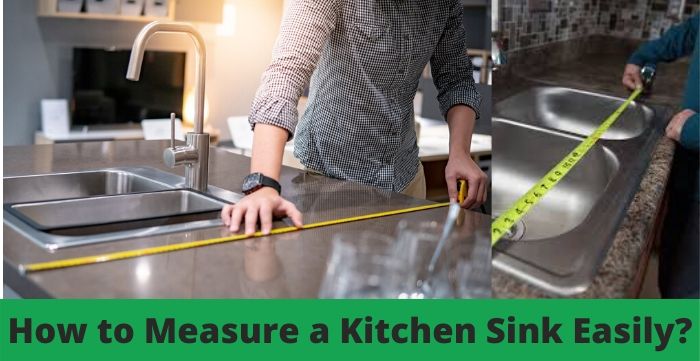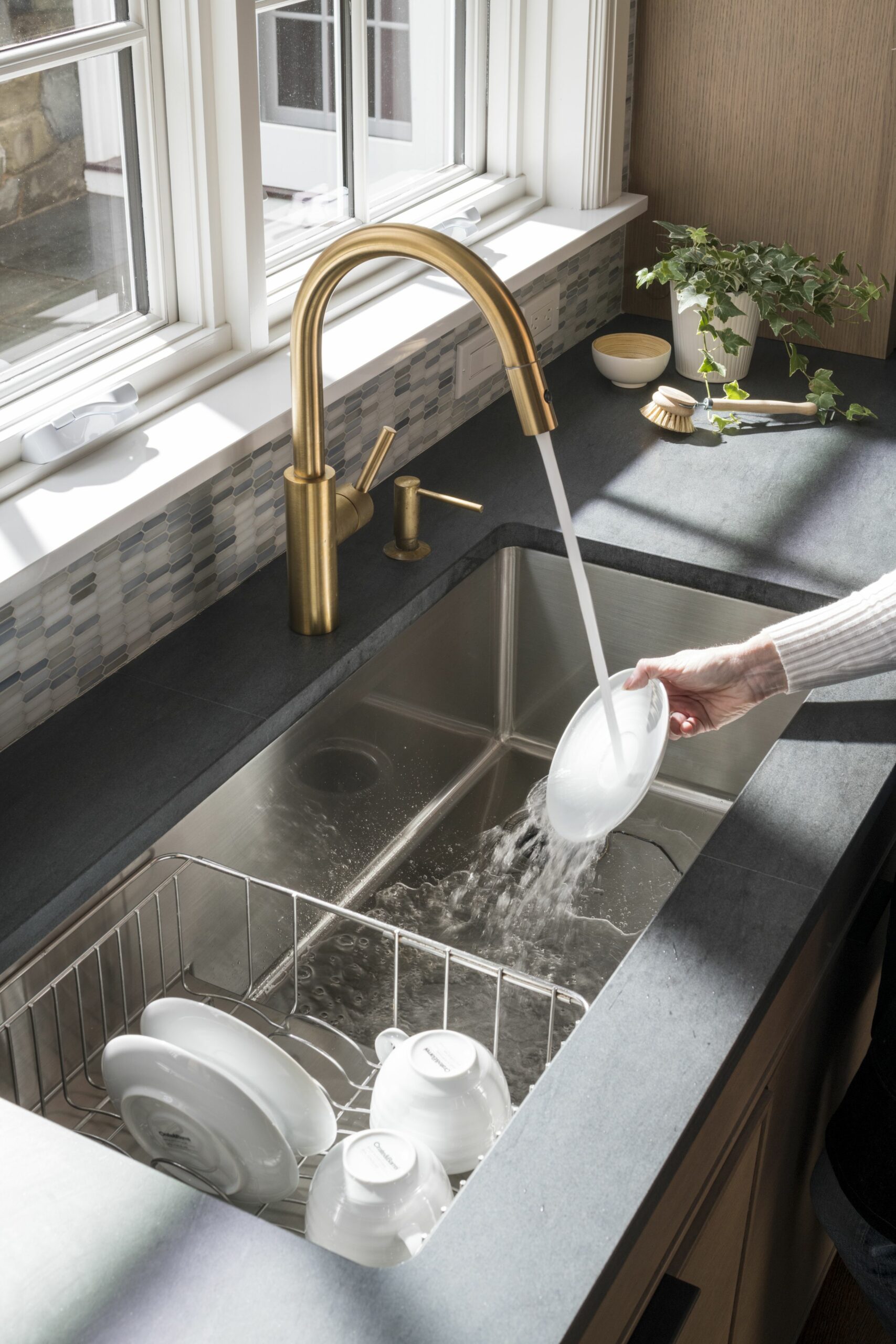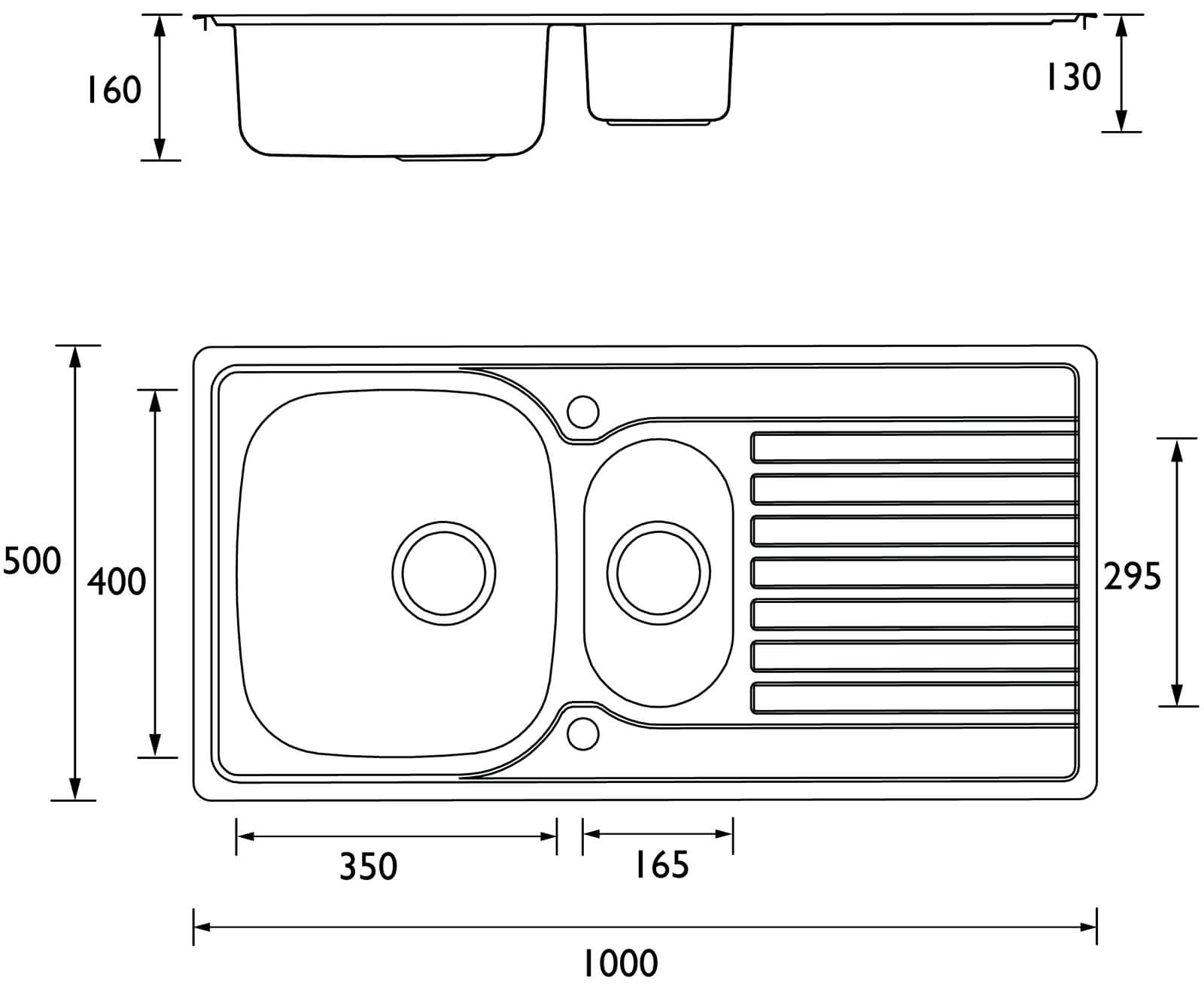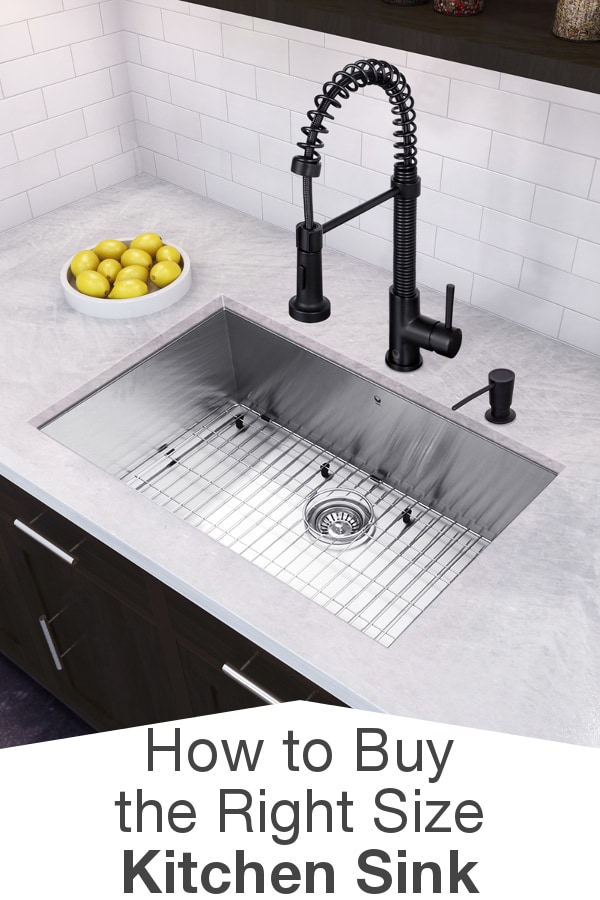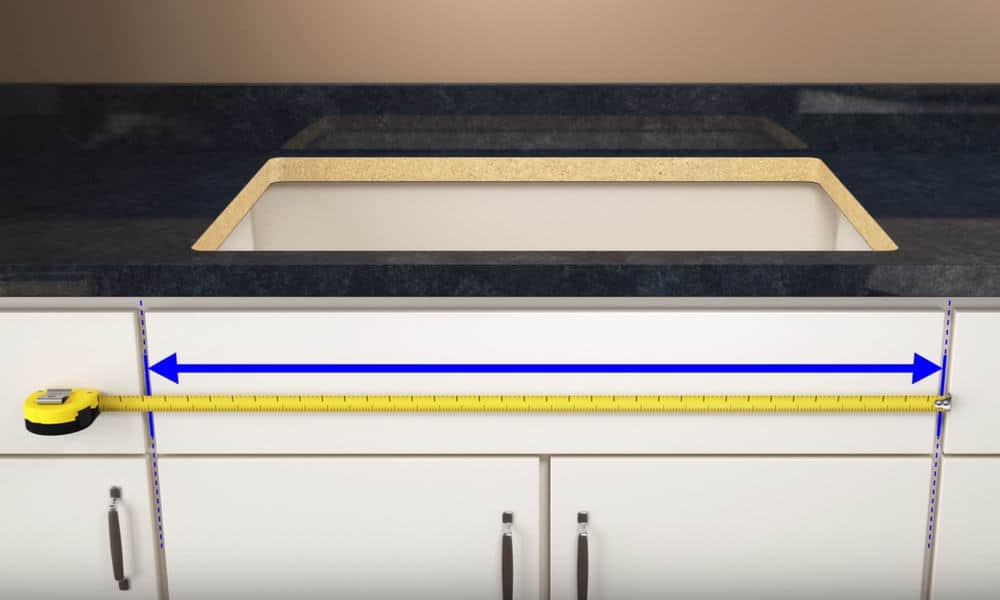How to Measure a Kitchen Sink: Length and Width
If you're in the process of remodeling your kitchen or simply looking to upgrade your sink, one of the most important steps is determining the correct size for your kitchen sink. Whether you're looking for a larger sink to accommodate your cooking needs or a smaller one to fit in a compact kitchen, it's crucial to know how to measure for a kitchen sink. In this article, we'll guide you through the process of measuring the length and width of a kitchen sink so you can find the perfect fit for your home.
Standard Kitchen Sink Sizes: The Right One for Your Kitchen
Before you start measuring, it's important to understand the standard sizes of kitchen sinks. This will give you a better idea of what to look for and what to expect when shopping for a new sink. The most common sizes for kitchen sinks are 24 inches, 30 inches, 33 inches, and 36 inches. These measurements refer to the width of the sink, with the depth ranging from 6-10 inches. Keep in mind that there are also custom sizes available, so if you have specific needs, you may need to look into those options.
How to Choose the Right Size Kitchen Sink for Your Home
When it comes to choosing the right size kitchen sink, there are a few factors to consider. First, think about your cooking habits and the types of dishes you typically use. If you frequently cook large meals or have oversized pots and pans, a larger sink may be more practical. On the other hand, if you have limited counter space, a smaller sink may be a better fit. It's also important to consider the size of your kitchen and the layout of your cabinets. A sink that is too large can overwhelm a small kitchen, while a sink that is too small may look out of place in a larger kitchen.
Measuring for a New Kitchen Sink: What You Need to Know
Now that you have a better understanding of kitchen sink sizes and what to consider when choosing the right one, it's time to get to the measuring process. The first step is to determine the length and width of your current sink if you are replacing it. This will give you a good starting point for finding a similar size. If you are installing a new sink, you will need to measure the base of your cabinet to determine the maximum size sink that can fit comfortably. Keep in mind that the size of the sink can also affect the placement of your faucet and other fixtures.
Kitchen Sink Dimensions: What You Need to Know Before Buying
When measuring for a kitchen sink, it's important to take into account the dimensions of the sink itself, as well as the cutout in your countertop. The standard cutout size for a kitchen sink is 2 inches less than the width of the sink. For example, if you are looking for a 33-inch sink, the cutout size should be 31 inches. This allows for a 1-inch lip on each side of the sink for proper installation. It's also important to consider the depth of the sink, as this can affect the plumbing and the placement of your garbage disposal if you have one.
How to Measure for a Kitchen Sink Replacement
If you are replacing an existing sink, the process of measuring is relatively simple. Start by measuring the length of the sink from left to right. Then, measure the width from front to back. These measurements should be taken from the inside of the sink, not including the rim or lip. If your sink has rounded corners, measure from the furthest point on each side. If your sink has square corners, measure from the seam where the sides and bottom meet.
What is the Standard Size of a Kitchen Sink?
As mentioned earlier, the standard size of a kitchen sink can vary, but the most common sizes are 24 inches, 30 inches, 33 inches, and 36 inches. These measurements refer to the width of the sink, with the depth ranging from 6-10 inches. Keep in mind that there are also custom sizes available, so if you have specific needs, you may need to look into those options.
How to Measure a Kitchen Sink for a Countertop Cutout
If you are installing a new sink, it's important to measure for the cutout in your countertop. This will ensure that your sink fits properly and is centered on your countertop. Start by measuring the length and width of the sink, as described in the previous steps. Then, measure the distance from the back wall to the center of the drain. This will help you determine the correct placement of your sink in relation to your plumbing. Make sure to add 2 inches to the width and length measurements for the cutout to allow for the 1-inch lip on each side.
Kitchen Sink Sizes: A Guide to Finding the Perfect Fit
Now that you have all the necessary measurements, it's time to start shopping for your new kitchen sink. Keep in mind that the size of the sink is just one factor to consider. You should also think about the material, style, and features that best suit your needs. It's also a good idea to consult with a professional if you have any doubts or concerns about the installation process.
How to Measure a Kitchen Sink for a Cabinet
If you are replacing your sink, you will need to measure the base of your cabinet to determine the maximum size sink that can fit comfortably. Start by measuring the width and depth of the cabinet, and then compare those measurements to the dimensions of the sink you are interested in. It's important to leave enough room for the sink to fit properly, but also consider the placement of your plumbing and other fixtures. If you are installing a new sink in a new cabinet, make sure to leave enough space for proper installation and any additional features you may want, such as a garbage disposal.
Finding the Perfect Size for Your Kitchen Sink

Why Size Matters
 When it comes to designing your dream kitchen, every detail counts. One of the most important elements in any kitchen is the sink, as it is where you will do most of your food preparation and dishwashing. However, finding the right size kitchen sink can be a daunting task, especially with so many options available on the market.
But fret not, we have some tips to help you find the perfect size for your kitchen sink.
When it comes to designing your dream kitchen, every detail counts. One of the most important elements in any kitchen is the sink, as it is where you will do most of your food preparation and dishwashing. However, finding the right size kitchen sink can be a daunting task, especially with so many options available on the market.
But fret not, we have some tips to help you find the perfect size for your kitchen sink.
Consider Your Kitchen Layout
 The first step in determining the size of your kitchen sink is to take into account your kitchen layout.
If you have a smaller kitchen, you may want to opt for a smaller sink to save on counter space.
However, if you have a larger kitchen with plenty of space, you can go for a bigger sink that will accommodate all your cooking and cleaning needs.
The first step in determining the size of your kitchen sink is to take into account your kitchen layout.
If you have a smaller kitchen, you may want to opt for a smaller sink to save on counter space.
However, if you have a larger kitchen with plenty of space, you can go for a bigger sink that will accommodate all your cooking and cleaning needs.
Think About Your Needs
 Another important factor to consider is your individual needs and lifestyle.
If you are someone who cooks and entertains frequently, you may want to consider a larger sink that can handle larger pots and pans. On the other hand, if you have a smaller household and do minimal cooking, a smaller sink may suffice.
Another important factor to consider is your individual needs and lifestyle.
If you are someone who cooks and entertains frequently, you may want to consider a larger sink that can handle larger pots and pans. On the other hand, if you have a smaller household and do minimal cooking, a smaller sink may suffice.
Measure Your Cabinet Space
Additional Considerations
 Apart from the size, there are a few other things to keep in mind when choosing a kitchen sink.
Consider the number of bowls you want, whether you prefer a single or double bowl sink, and the material of the sink (such as stainless steel, granite, or porcelain).
Each of these factors can affect the overall size and functionality of your kitchen sink.
Apart from the size, there are a few other things to keep in mind when choosing a kitchen sink.
Consider the number of bowls you want, whether you prefer a single or double bowl sink, and the material of the sink (such as stainless steel, granite, or porcelain).
Each of these factors can affect the overall size and functionality of your kitchen sink.
In Conclusion
 In conclusion, finding the perfect size for your kitchen sink is a crucial aspect of designing your dream kitchen.
By considering your kitchen layout, individual needs, cabinet space, and other factors, you can find a sink that fits seamlessly into your kitchen and meets all your requirements.
So, take your time and do your research to find the perfect size kitchen sink that will make your kitchen both functional and visually appealing.
In conclusion, finding the perfect size for your kitchen sink is a crucial aspect of designing your dream kitchen.
By considering your kitchen layout, individual needs, cabinet space, and other factors, you can find a sink that fits seamlessly into your kitchen and meets all your requirements.
So, take your time and do your research to find the perfect size kitchen sink that will make your kitchen both functional and visually appealing.





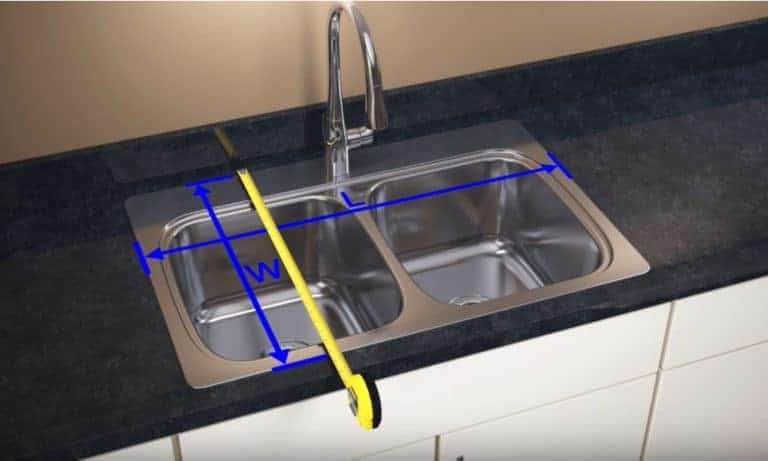






/header-16x19-image-640w-853h.jpg)








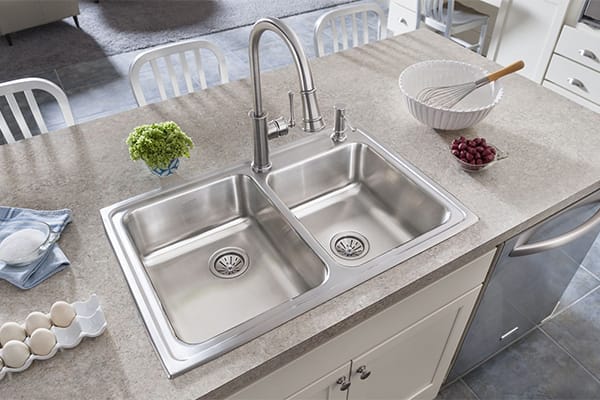




.jpg)













